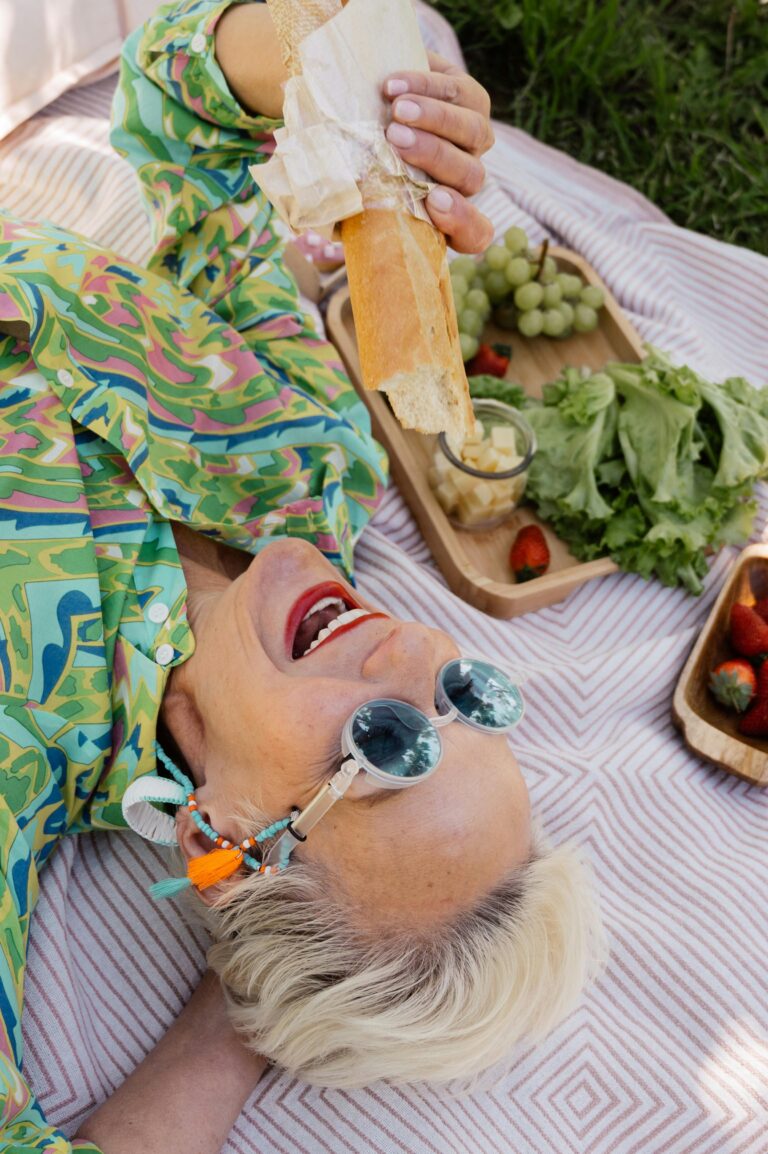The Age of Overexposure: When Sharing Becomes Self-Sabotage
We live in an era where every moment can be documented, every thought broadcast, and every emotion turned into content. Oversharing has become second nature—an instinct almost as reflexive as breathing. But behind the filtered photos and confessional captions lies a growing problem: the more we share, the less we seem to understand ourselves.
Welcome to the age of overexposure, where privacy feels old-fashioned, authenticity is monetized, and the line between expression and self-sabotage has all but disappeared.
1. The Seduction of Sharing
The internet began as a place to connect. Sharing updates, photos, and opinions felt empowering—a way to belong in a digital world. But somewhere along the way, that sharing became performance.
Platforms rewarded vulnerability with validation. Every post that resonated brought likes, comments, and followers. Suddenly, the small act of sharing turned into a public measure of self-worth. It’s no longer just what we share—it’s why.
We share to feel seen, to prove relevance, to signal that we’re part of something. Yet in doing so, we give away more than we realize—our boundaries, our peace, and sometimes, our identity.
2. When Vulnerability Becomes a Brand
In theory, authenticity should be freeing. In practice, it has become a marketing strategy. Influencers, creators, and everyday users alike are encouraged to “be real,” but the performance of honesty can quickly feel as curated as any filtered selfie.
Sharing personal struggles online can create connection—but it also opens the door to exploitation. When vulnerability becomes content, the line between emotional expression and self-exposure blurs. You start to wonder if you’re being genuine or performing genuineness for engagement.
This constant self-disclosure can also backfire. Oversharing intimate details—relationships, trauma, family conflict—often leads to regret, misinterpretation, or public judgment. What began as catharsis turns into an open wound for strangers to analyze.
The digital world thrives on attention, not nuance. Once your story is out there, it’s no longer fully yours.
3. The Mental Toll of Being Perpetually Seen
Being constantly visible has its costs. Studies show that heavy social media users experience higher rates of anxiety, depression, and comparison-driven stress. When we live in a perpetual state of exposure, our nervous systems never fully rest.
There’s also the subtle pressure to maintain an image—even an “authentic” one. The expectation to post, to update, to stay relevant can feel like another job. We start editing not just our photos but our personalities, sanding down anything that doesn’t fit the narrative we’ve built.
The more we share, the more fragmented we become—split between who we are and who we present ourselves to be.
4. The Oversharing Paradox
Ironically, the more we share, the lonelier we often feel. Overexposure can create a false sense of intimacy, where we mistake visibility for connection. Sharing online gives the illusion of closeness, but without the depth that comes from real conversation and trust.
It also exposes us to criticism, misunderstanding, and emotional burnout. Every opinion, lifestyle choice, or vulnerable confession becomes public property, dissected and debated by people who know nothing about us beyond the algorithm’s feed.
And when your digital persona takes a hit—when a post flops, when you’re misread, when silence follows your confession—it can feel like rejection on a deeply personal level.
5. Reclaiming the Power of Privacy
The antidote to overexposure isn’t total withdrawal—it’s intentional sharing. Choosing what to reveal, when, and to whom. Not every thought deserves an audience; not every emotion requires documentation.
Privacy isn’t secrecy—it’s self-respect. It’s the space where identity can breathe without judgment. In an age where we’re encouraged to narrate our every move, restraint can be radical.
Digital silence, even temporarily, helps reset the nervous system and reestablish control over your story. Conversations with friends, unposted photos, and unshared moments remind us that the best parts of life don’t need an audience—they need presence.
The age of overexposure has blurred the line between connection and consumption. Sharing once made us feel human; now it risks making us hollow.
We don’t need to disappear from the digital world to protect ourselves—but we do need to redefine how we exist within it. The next evolution of authenticity isn’t about broadcasting everything; it’s about discerning what deserves to stay sacred.
Because sometimes, the most powerful thing you can post is nothing at all.







